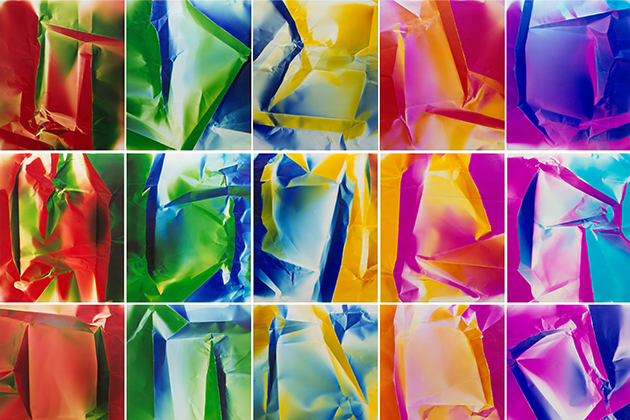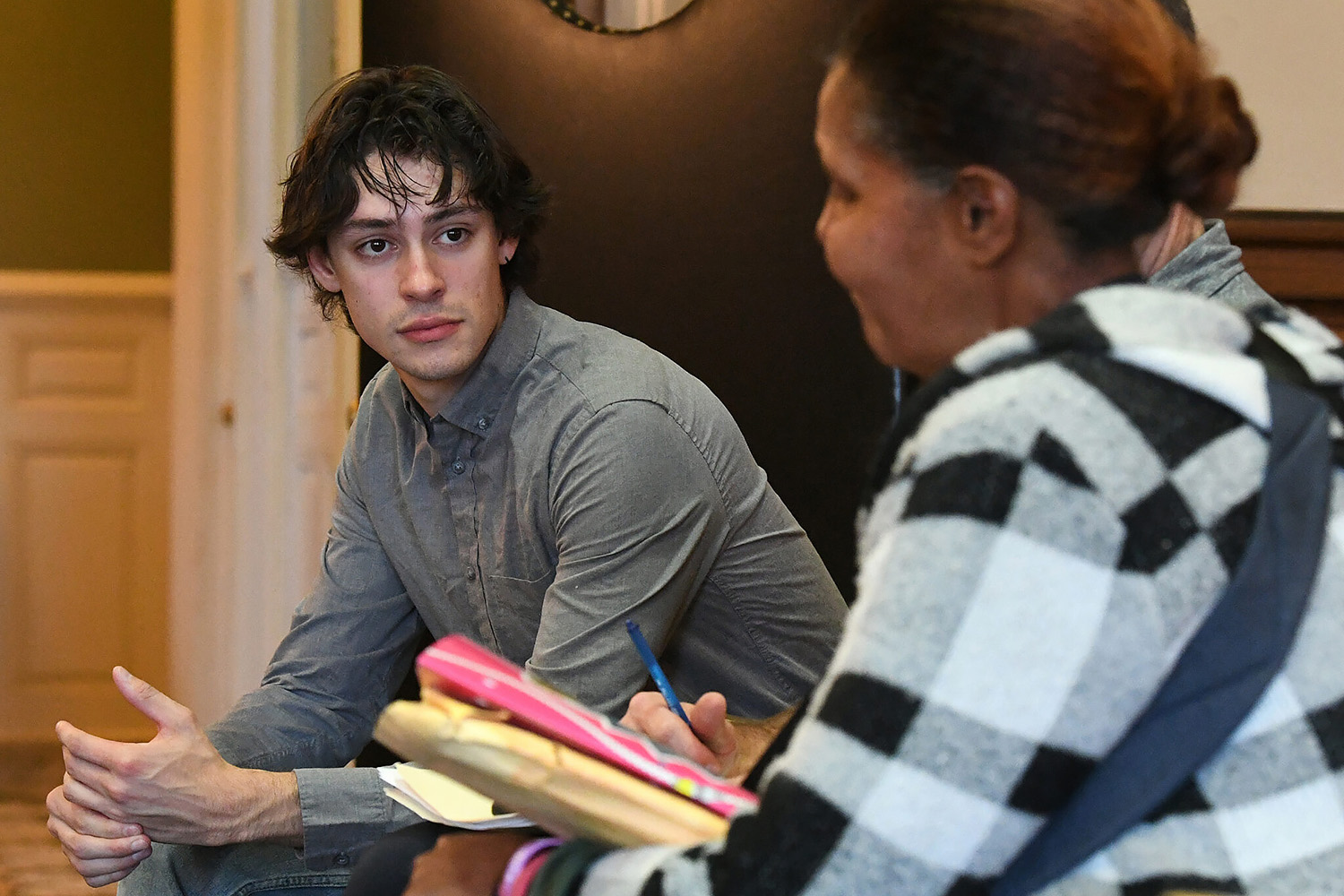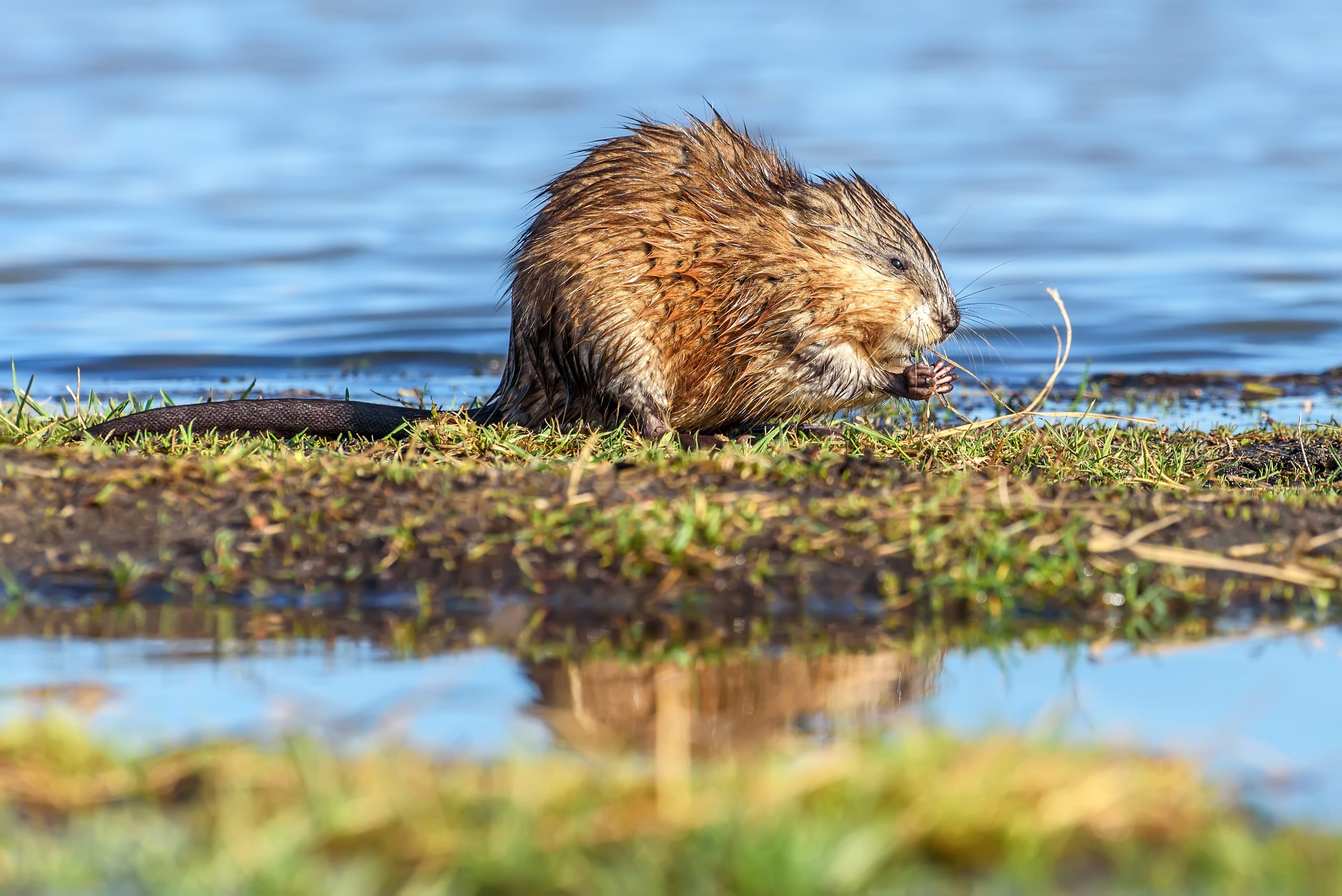
Photography developed from a series of collaborative efforts in early 19th century among scientists and artists alike, from varied disciplines, each exploring chemicals and their reaction to light. Capturing images of landscapes and people quickly became the focus of most images, but as the photographers who emerged explored ways to be more creative with their images, they began to find ways to manipulate the chemistry of the photographic process in order to make an artistic statement.
“CHEM 101: The Science of Photography” currently on display at the William Benton Museum of Art, serves both as an exhibition of the art of photography while seeking to inspire a better understanding of its basic chemistry.
The exhibit is collaborative effort between Department of Chemistry and the Benton, developed by Challa Vijaya Kumar, professor of chemistry, and Nancy Stula, executive director of the museum. It is the first in a planned series of projects supported by a National Science Foundation grant awarded to Kumar.
“It occurred to me one day that we have museums on this campus and they’re a wonderful gateway to communicate with the community,” says Kumar. “I want to engage with the general public in the larger context with how chemistry affects their lives directly or indirectly. Nancy knows how science and art are interrelated. Artists use cutting edge technology in their endeavors. It’s an excellent marriage between the two disciplines.”
“CHEM 101” includes works by 13 photographers who utilize the chemistry of the photographic process to manipulate images by adding or eliminating colors or changing the time of exposing photographic paper to chemicals.

In some cases, chemicals in nature are used, as in two works by Binh Danh, who imposes portrait images on a Nasturtium leaf by manipulating the chlorophyll of the leaf. John Cyr’s photos are of developer trays used by noted photo pioneers, including Ansel Adams, with each showing a different appearance based on the types of chemicals used in them. Barbara Jaffee’s portrait of a woman examining a South African grasshopper appears to be a photo negative, but is a color print – a chromogenic color print on Fuji crystal color paper — produced from black-and-white film made to look like a negative.
The works of Ellen Carey in the exhibition were created using one of the few surviving large-format Polaroid cameras, the instant camera that developed pictures as you watched the photo appear before your eyes. Carey’s finished images are like abstract paintings and because of ongoing exposure to light her Polaroid works continue to change over the years.
“The wonderful aspect of photography is change; that pictures can and do many things. Color fades over time,” says Carey, a photographer and associate professor of art at Hartford Art School who participated in The Salon discussion at the Benton last month.
“An under explored aspect of this is found in the chemistry, especially in my work, which is seen in the Polaroid positive and its negative; I exhibit both. Change is existential, part of nature and in all parts of life, I see the images in my work reflect this as well as the medium of photography itself, to be a container to hold images dear, to record and document our histories, our culture, our time and of course, our visual imagination and creativity.”
Michael Astrachan ’87 (SFA), chief executive officer of the scientific animation firm XVIVO, also participated in The Salon discussion and says that the work his firm creates for pharmaceutical companies, biotech firms and teaching materials is inspired by the foundations of the art he studied, much like the works on exhibit at the Benton.
“Because I’m a commercial artist I’ve always wrestled with the difference between art for art’s sake and art in service of something else,” he says. “We’re doing teaching materials, but all along it’s grounded in strong technique. My background is in fine arts and classical painting; I learned about techniques used by realist painters. We stand on the backs of these great geniuses and use their research material to inform our art. We work with scientists and show them what they’re trying to draw because they can’t quite see it. It verifies their thinking.”
Kumar, who is also an amateur watercolorist with his paintings on display in his Chemistry office, says photography has contributed greatly to science, describing it as “an essential tool” for scientists in the quest for discovery and a better understanding of the world.
Early on, a British botanist named Anna Atkins, helped to document plant species and accidental exposure of the photographic film led to the discovery of X-rays by Wilhelm Rontgen who went on to winning the first Nobel Prize in Physics in 1901. Now the camera is being used extensively from imaging the smallest entities in advanced materials to the detection of exoplanets circling distant stars in our galaxy.
“In the old days we used photographic film in our instruments and now we have digital imagery,” he says. “In the digital world, you have physical processes taking place instead of chemistry and these physical processes are reversible. In the chemical world the photochemistry is irreversible and leads to some degree of permanency but photos do fade due to the ongoing chemistry there.”
Carey says the introduction of digital imaging has changed photography similar to the way video changed filmmaking. Both introduced new technology but they are not quite the same.
“The timeline in the mechanical arts, or art in the age of mechanical reproduction are: photography, film, video and digital, spanning over 175 years.” she says. “Ask a filmmaker to work in video and they would think you didn’t understand film; its history or the medium’s capabilities or materials. Digital is different, it is not light sensitive to materials, and does not use chemistry. It has other characteristics, can be globally uploaded online and sent around the information highway, but it is not photography as video is not film. The images may appear similar, they are, but the expressions and materials are different, and how the images gets made is radically different.”
“CHEM 101: The Science of Photography” continues at the Benton Museum through Dec. 14. For more information go to the Benton website: benton.uconn.edu.


